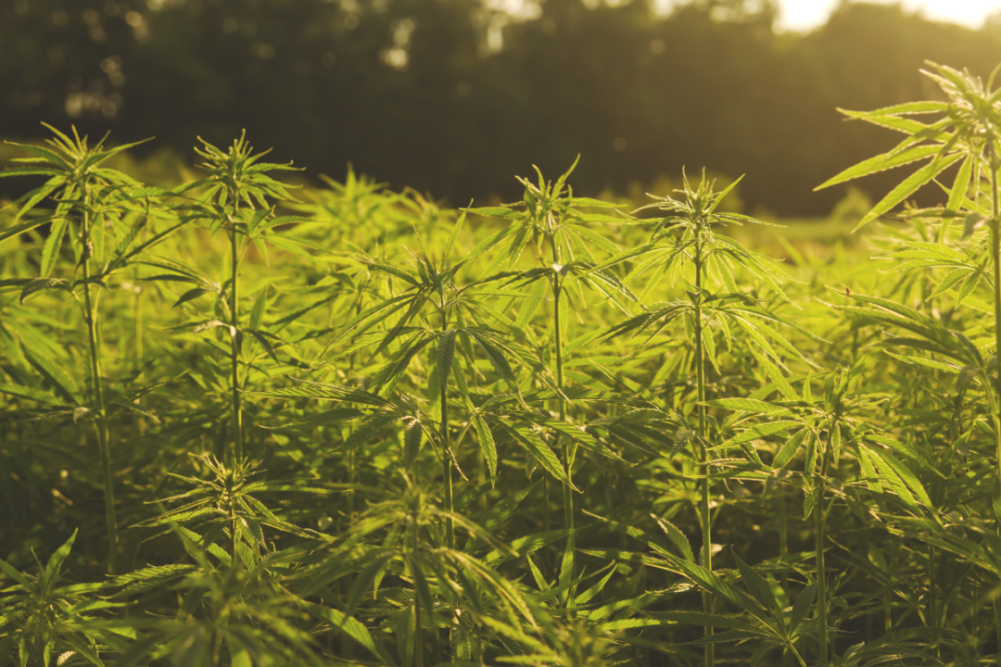PORTLAND, ORE. — Regulation confusion, holes in infrastructure and lack of processing capacity have led to oversupply in the US hemp market, according to a new report from Portland-based Whitney Economics, LLC, a consulting firm. The average left-over biomass was 24,795 lbs per farm, which resulted in over 135 million lbs across the United States.
“The hemp industry is going to continue to be mired with difficulties until regulators can determine if it’s an illicit drug or if it was legalized by the 2018 farm bill,” said Beau Whitney, founder and chief economist for Whitney Economics. “Confusion across jurisdictions is causing a regulatory quagmire slowing down growth and suppressing investment, which is critical to building out a proper infrastructure that can support the rapidly growing industry.”
The report listed five major factors that affected the US hemp market both in 2019 and 2020: a collapse in wholesale hemp biomass pricing, inexperienced farmers having trouble scaling up their operations, confusion in hemp regulation, holes in the hemp industry infrastructure, and a lack of buyers and cash at every level.
Data from 2019 reveal the lack of processing capacity. One processor was available for every 164.26 acres of licensed capacity. If each cultivator harvested 2,000 lbs per acre, every processor would have to process 900 lbs per day to keep pace with licensed capacity. Most processors had one-tenth of that capacity, according to Whitney Economics.
Whitney Economics surveyed more than 10,000 licensed operators in 27 states for its 2020 hemp survey.
“Even with the collapse of pricing in the market, supply chain issues and regulatory obstacles, cultivators and processors in 2020 still had faith in the hemp opportunity,” Mr. Whitney said. “Optimism remains high, even though there is more realism in terms of expectations. For those with vision and resources, there is still significant opportunity for economic gains.”
The Agricultural Improvement Act of 2018, also known as the farm bill, removed hemp from the Controlled Substances Act and defined hemp as containing less than 0.3% of tetrahydrocannabinol (THC), the active ingredient in marijuana. The bill thus legalized commercial hemp farming, but it failed to remove all the confusion surrounding hemp. In one example the US Food and Drug Administration still considers it illegal to incorporate cannabidiol (CBD), which is found in hemp, in foods, beverages and dietary supplements since the FDA considers CBD to be a drug.






